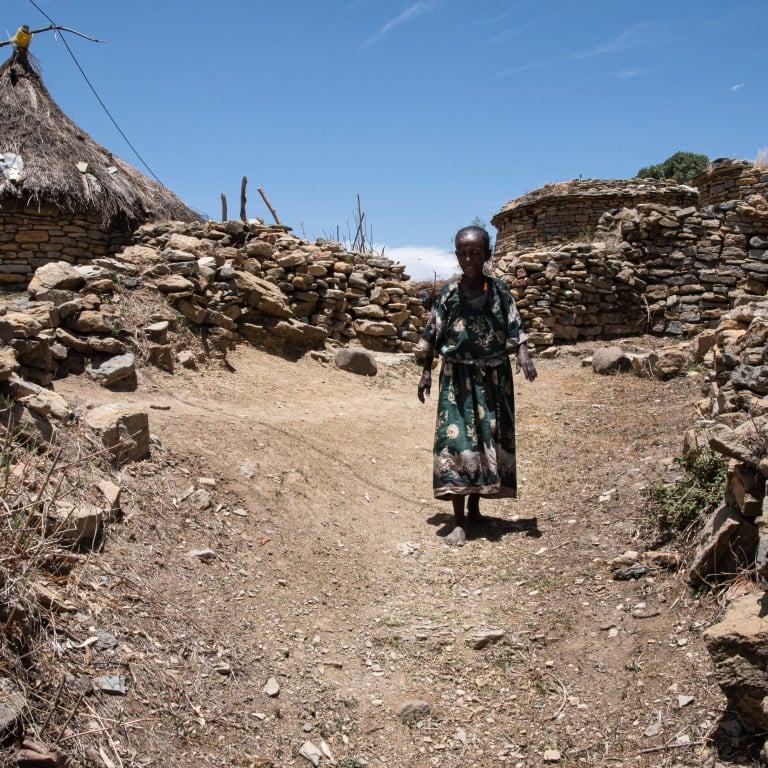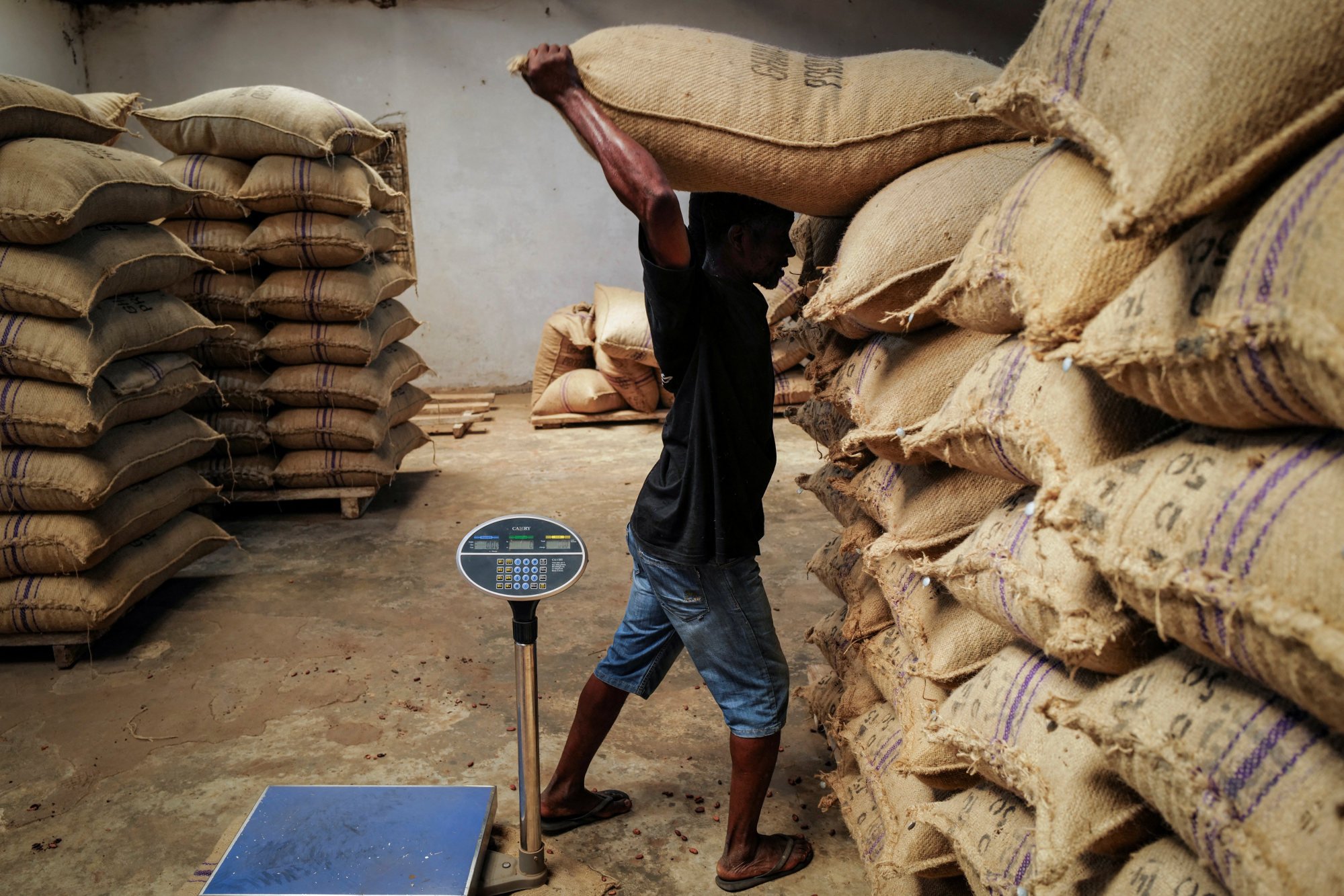
IMF, World Bank must do more to defuse the bomb of poor nations’ debt
- The focus is on retooling current approaches while expanding replenishments of the two institutions so more loans can be extended
- But what debt-burdened countries need is an economic re-engineering to produce more lucrative goods and innovative ways to pay down debt using commodities
Compounding the difficulties is the outlook for economic growth and global trade. The IMF forecasts that both will expand more slowly than the historical average for the next few years.
The 75 poorest nations owed their creditors about US$1.1 trillion at the end of 2022, more than double the 2012 level, World Bank data show. Over 60 per cent of low-income countries and at least 25 per cent of middle-income countries are in debt distress or at high risk.
Poor countries use about 14 per cent of their tax revenues to service debt. That share for some countries exceeds 25 per cent. These levels are at least double those of a decade earlier. The problem is exacerbated by one-third of their external debt being charged variable interest rates.
With little opportunity to offset these borrowing costs with new revenues, the pool of funds available to countries to fulfil basic humanitarian needs is shrinking, adding to the difficulties of making advancements critical to sustainable growth.
These countries also face significant debt repayments over the next two years – refinancing about US$60 billion of external debt each year, which is about three times the average over the decade ending in 2020. Such a concentration of refinancing could lead to a liquidity crunch in which borrowing countries pay higher interest rates to attract lenders that are increasingly adverse to default risks, which are rising.
Private creditors are already receiving more in principal repayments from developing countries than they are disbursing loans. The global financial structure, with inadequate resources and antiquated processes, cannot manage such risks nimbly, especially when they snowball.
The budgetary constraints of developed countries have limited their ability to increase commitments for replenishing multilateral banks to work out debt restructuring.
Ministers from Africa shake their heads when asked for fresh ideas on how debt vulnerabilities could be reduced. The fixes on the table are procedural, they say. They do not address fundamental inequalities in the global economy.
A chocolate bar, says one minister, may sell for €10 (US$10.65) in Paris, but the cocoa used to make that chocolate is bought for very little. He asked: “How can we ever earn the money we need to earn if our capacity to generate profits is extremely limited?”
Solutions must embrace a re-engineering of debt-burdened countries’ economies to produce goods with higher profit margins while using their commodities in innovative ways to pay down debt. Transaction-based relationships must become long-term partnerships as buyers of, say, cocoa see broader advantages to helping their suppliers build and modernise capacity.

Roughly US$100 billion could be generated by debt-for-nature swaps, based on estimates by the International Institute for Environment and Development of debt swaps in 49 less developed countries at risk of a debt crisis.
What price chocolate as climate change hits cocoa crops of poor farmers?
Proposed reforms, reiterated by ministers at the spring meetings, are underwhelming but essential. They include a standardised process with specific deadlines that allows talks with all the various creditors to occur simultaneously in different tracks.
Creditors are sharply divided over whether and how the loss they would incur in writing down debt would be equitably shared. Methods for calculating debt value and projecting a country’s cash flow are not standardised.
The World Bank and IMF need to do much more to underscore the necessity of implementing debt relief. Without progress, the consequence could be a global recession as prudent fiscal restraint is abandoned to stimulate growth.
James David Spellman, a graduate of Oxford University, is principal of Strategic Communications LLC, a consulting firm based in Washington, DC


